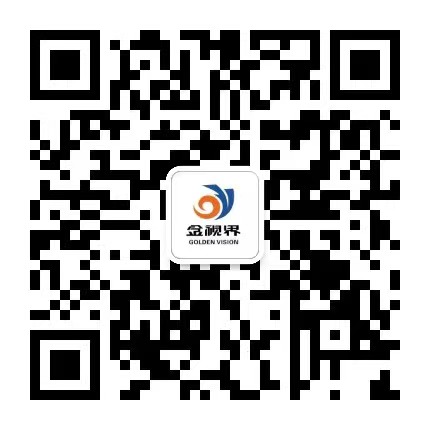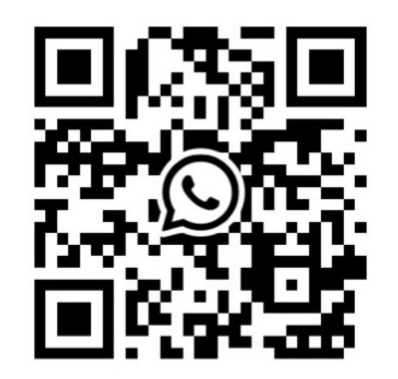Knob Screen vs. Traditional Touchscreen: Choosing the Right HMI
Nov 10, 2025
In the world of Human-Machine Interfaces (HMI), the dominance of the touchscreen is undeniable. Its intuitive, "what-you-see-is-what-you-touch" interaction has revolutionized consumer electronics. However, in many industrial, automotive, and medical applications, a pure touchscreen isn't always the optimal solution. This is where an innovative alternative—the Knob Screen Display—shines, offering a compelling blend of tactile and visual interaction.
So, how do you choose between a traditional touchscreen and a modern rotary encoder display? The answer lies in understanding the user, the environment, and the task at hand.
What is a Knob Screen Display?
A Knob Screen Display is a hybrid HMI that integrates a physical rotary encoder (a knob) directly into a high-resolution TFT LCD. The knob can be rotated, pushed, or sometimes pulled, while the surrounding screen dynamically updates to show the context of the adjustment—such as volume levels, frequency settings, temperature values, or menu selections.
It’s the best of both worlds: the tactile, precise feedback of a physical control and the flexible, rich graphics of a digital display.
The Traditional Touchscreen: Strengths and Limitations
Strengths:
Maximized Screen Real Estate: Without physical buttons, the entire front panel can be a display, allowing for large, immersive visuals and flexible UI layouts.
Ultimate Flexibility: The interface can be completely reconfigured with software updates for different modes or applications.
Intuitive for Simple Tasks: Tapping and swiping are second nature to most users for basic interactions.
Limitations:
Lack of Tactile Feedback: Users must look at the screen to confirm every input, which can be distracting and slow in critical or fast-paced situations.
Challenging in Specific Environments: Wearing gloves, dealing with moisture, or operating in high-vibration environments can make touchscreens unreliable or unusable.
"Fat Finger" Problem: Precise selections on small buttons can be difficult.
The Knob Screen Advantage: Precision Meets Context
The rotary encoder display addresses the core limitations of touchscreens, particularly in professional and industrial settings.
Key Advantages:
Eyes-Free and Glove-Friendly Operation: A user can feel the distinct detents (clicks) of the knob and make precise adjustments without staring at the screen. This is crucial for safety and efficiency while driving, operating machinery, or in a medical setting.
Unmatched Precision and Speed: Scrolling through a long list of parameters or making fine-value adjustments is significantly faster and more accurate with a knob than with repeated screen swipes.
Superior User Experience in Critical Applications: The muscle memory and haptic feedback reduce cognitive load. The user focuses on the task, not the interface.
Durability and Reliability: A high-quality knob is often more resilient to repeated, heavy use than a constant stream of pokes and swipes on a glass panel.
Head-to-Head: Choosing the Right Industrial HMI
When evaluating industrial HMI types, here is a simple decision matrix:
UI Flexibility
High (Screen changes context)
Maximum
Precision Adjustment
Excellent (Ideal for numerical values)
Good (with careful UI design)
Speed of Navigation
Fast (for menus & parameters)
Fast (for direct selection)
Learning Curve
Low
Low
Ideal For
Industrial controls, automotive dashboards, medical devices, audio equipment, instrumentation
Consumer apps, kiosks, simple data entry, status monitoring
Conclusion: A Synergistic Solution, Not Just a Replacement
The choice between a knob screen and a touchscreen isn't about declaring one superior to the other. It's about selecting the right tool for the job.
Choose a Traditional Touchscreen when you need maximum display flexibility for informational content and the operating environment is clean and controlled.
Choose a Knob Screen Display when you require precise, reliable, and frequent control inputs from users who may be distracted, wearing gloves, or working in demanding conditions.
For many of the most challenging industrial HMI applications, the Knob Screen offers a more sophisticated, user-centric, and effective solution. It provides the confidence of a physical control with the intelligence of a dynamic display.
Ready to Design a Superior HMI Experience?
At Goldenvision, we specialize in creating robust and intuitive HMI solutions. Our Knob Screen Displays combine high-resolution TFTs with premium rotary encoders, designed to meet the rigorous demands of industrial and professional use.

